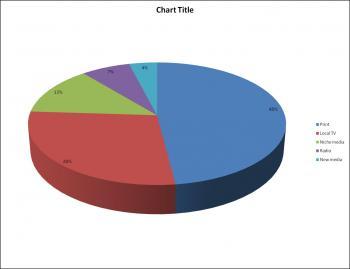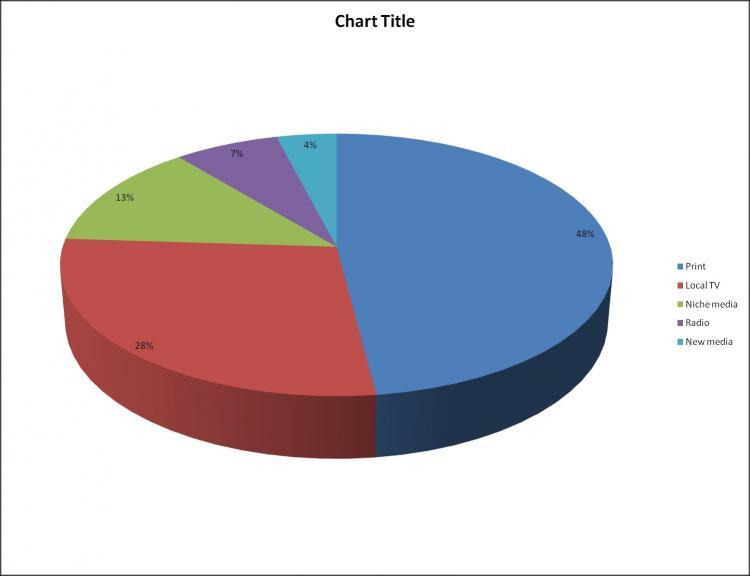The Pew Center is a nonpartisan organization that specializes in using empirical methods to evaluate and study the performance of the press, with a focus on content analysis.
Among the most significant findings were that most new information comes from traditional sources, and new media plays only a limited role in disseminating information. Other findings include that the official version of an event is becoming more important than original reporting, and formal procedures for citing are getting lost in the online world.
The study examined all local media outlets in Baltimore during the week and surveyed their output. A closer examination of six major narratives that emerged during the time frame found that much of the “news” people receive contains no original reporting.
Eight out of ten stories studied were repeated or repackaged information that was previously published.
News Sources and New Media
In terms of where people actually get their news, the study found that of the stories that contained new information, 95 percent came from traditional media—most of them newspapers. These traditional media stories were what tended to set the narrative agenda for most other media outlets.
But less traditional media outlets categorized as new media, including blogs, Twitter, and local Web sites—at least in Baltimore—were found to play only a limited role. They tended to act mainly as an alert system and to disseminate stories from other sources.
According to the study, new technology has become a prevalent way for both traditional and new media to quickly break news. The first place of publication is now the Internet, followed by print.
The more rapid dissemination of news online was found to be tied to other trends in the media. The faster the pace in which news is posted, the more important the official version of events becomes. In some cases, the Pew Center found press releases republished word for word in what was packaged as firsthand accounts of events. However, it was often not noted that they were rewritten press releases.
Citing and Leading Stories
Citing of sources has also become less stringent, and the study found “numerous examples” of Web sites with entire sections of other people’s work. The examples were lacking attribution and often led the reader to believe the articles were the result of original reporting.
The level of original work also varied. Eight out of ten newspaper stories (80 percent) were straight news accounts written by local staffers.
Of the stories by topic that led the media, stories about crime and government were in the lead, with 16 percent and 15 percent, respectively. Weather, traffic, and sports were at the back of the news.
Among the six stories that permeated the media during the week the study was conducted, the lead story was about a proposal by Maryland Governor Martin O’Malley to cut $300 million from the state budget.
Of this one topic, 69 stories appeared across all the local outlets studied during the week, and only six came from new niche media. The Baltimore Sun produced six in print (and six more online), a fraction of the 49 it produced during a comparable week in covering the 1991 budget cuts. Seventy-one percent of all the stories were triggered by the governor’s statements. Just 7 percent were the result of press enterprise.







Friends Read Free